I2C Protocol

-
Multi-device support: I2C supports multiple devices connected to the same bus, each with a unique address. -
Simple: The I2C protocol is relatively simple, making it easy to implement and debug. -
Low power: Devices on the I2C bus can enter low power mode when idle, saving energy.
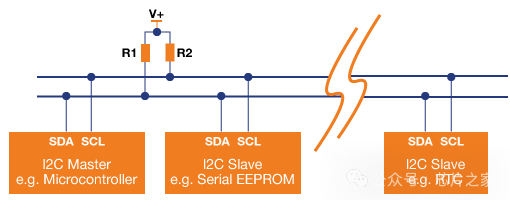
-
Slower speed: I2C communication is relatively slow, suitable for low-speed devices. -
Restrictions: The bus length and the number of devices in I2C are limited, and a long bus may lead to communication issues. -
Collisions: Collisions may occur when multiple devices attempt to send data simultaneously, requiring additional collision detection and handling mechanisms.
SPI Protocol
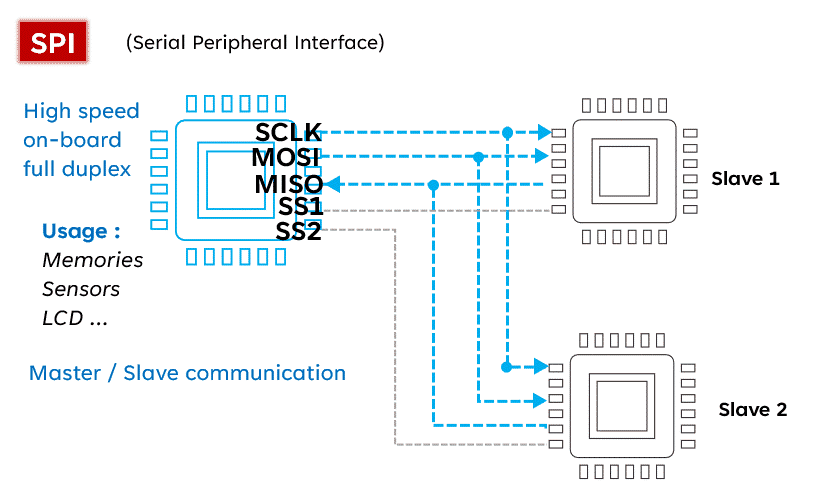
-
High speed: SPI communication is fast, suitable for applications requiring high speed. -
Full-duplex: SPI supports full-duplex communication, allowing simultaneous data sending and receiving. -
Simple: The SPI communication protocol is relatively straightforward, suitable for rapid development and implementation.
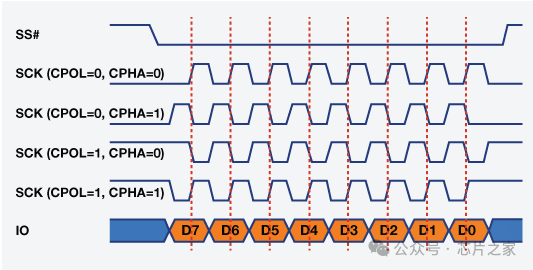
-
Complex wiring: SPI requires multiple wires for connection, which may increase the complexity of hardware design. -
Distance limitations: The transmission distance of SPI is limited, and long lines may lead to signal attenuation and interference. -
Master-slave mode limitations: SPI typically uses a master-slave mode, limiting the number of master devices, making it unsuitable for multi-master scenarios.
UART Protocol
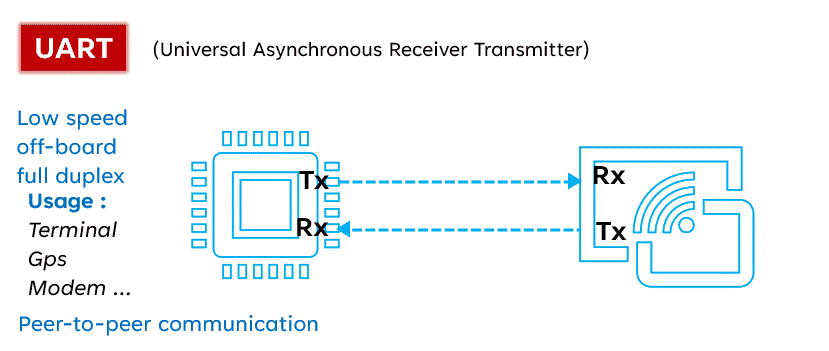

-
Simple: The UART communication protocol is relatively simple and easy to implement and debug. -
Wide applicability: UART is widely used for communication between various devices, offering good compatibility. -
Distance: UART communication can cover longer distances, suitable for scenarios requiring long-distance transmission.
-
Lower speed: UART communication speed is relatively low, making it unsuitable for applications requiring high speed. -
Half-duplex: UART communication is half-duplex, allowing data to be transmitted in one direction only, unable to send and receive simultaneously. -
Unreliable: Due to the asynchronous nature of UART communication, it may be affected by noise and interference, leading to unreliable data transmission.
-
Connection between microcontrollers and peripherals: Used for simple direct data exchange. -
GPS modules and serial interfaces with computers: Used for reliable, low-complexity communication. -
Industrial machines: UART is commonly used in industrial equipment for stable communication. -
Using RS standards (e.g., RS-232, RS-485): These standards support longer-distance UART communication and provide the possibility of creating multi-slave networks with appropriate transceivers, increasing the flexibility and scope of UART applications.
-
Communication speed: SPI offers high speed, UART provides high flexibility, and I2C is suitable for configurations requiring lower speeds and simpler wiring. -
Circuit design: I2C allows efficient space management for multiple devices, SPI offers performance in large designs, while UART provides simplicity and versatility. -
Distance and communication environment: UART is stable over long distances, while I2C is more suitable for short distances. -
Duplex requirements: SPI and UART offer full-duplex capabilities, while I2C is limited to half-duplex.
Conclusion

GIF source: www.parlezvoustech.com

Finally, if you have any original technical articles related to electronic design or others, we welcome submissions. Selected articles will be published, and you will receive a reward for your submission!
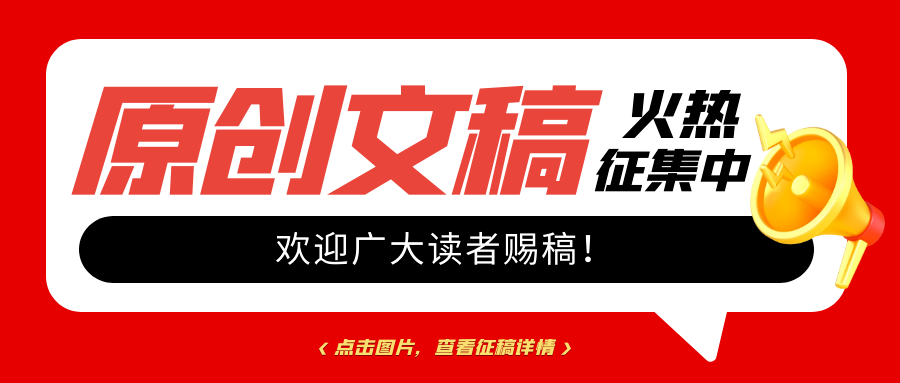
Due to recent changes in the WeChat public platform push rules, many readers have reported not seeing updated articles in time. According to the latest rules, it is recommended to frequently click “recommended reading, sharing, saving”, etc., to become a regular reader.
Recommended Reading:
-
704.2 billion, Huawei surges!
-
Layoffs and management changes! Stopping the use of Chinese chips leads to a halving of shipments?
-
Rumor has it that Huawei Mate 60 is discontinued, supply chain rumors~
Please click 【Looking】 to give the editor a thumbs up
